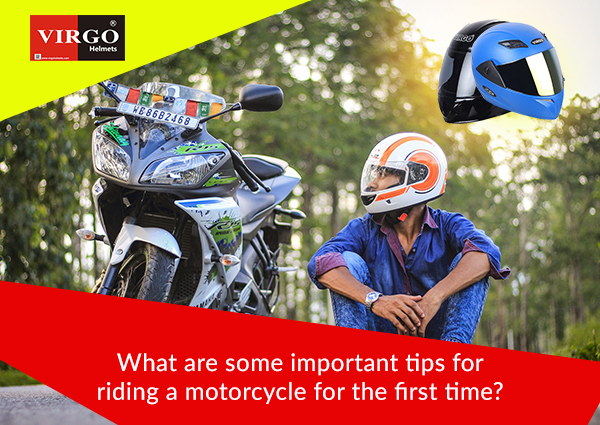What Are Some Important Tips For Riding A Motorcycle For The First Time
In the following we’ll be discussing a vital topic that’s “What are some important tips for riding a motorcycle for the first time?” and will discuss it thoroughly within the article. Preferably helmets that are full face, motorcycle globes, protecting pants, boots as well as a padded motorcycle jacket. Do this always. Unless you’re pushing the bike to be stored, wear the gear!
1. Make sure you have protecting gear. It is NOT a bicycle it can go considerably faster. The minimum we’d say: helmet, globes, cover shoes (no sandals of any kind), long pants and sleeved shirt.
2. Familiarize yourself with the bike controls. Clutch, accelerator, gears, brakes are parts that are all in the same place in the bikes, however, they do not react the same. Also, the kill engine switch, signals, horn, and not be in the exact same location or function exactly the same.
3. Do any helmet, mirror, visor, clothing, globes adjustments when you are not moving and also preferably not in the road. If it is not right to pull over ASAP on a safe traffic-free location (parking lot, side of the road, etc..)
4. You need to make sure the bike is ready to ride. Does it have gas, oil? Also, read about the maintenance and adjustment of the bikes (it should be in the manual). Motorcycles require more maintenance and adjustments than cars.
5. You should never go riding if you think something is wrong or if something needs an adjustment (also this applies even if you are in a hurry). Get it to fix or ask someone that actually knows about bikes (especially your type of bike) if that is OK or what to do to fix it.
6. Do not crash into anything or anyone (it is not funny or safe).
7. In case of doubt, stop and ask.
8. You should learn how to drive on a place with the least amount of things to run over or that are moving (preferably dry hard surface such as asphalt, cement. even wood, but not grass, dirt, gravel, etc).For this motorbike helmet manufacturers are doing a great work.
Riding:
1. You must remember the clutch is not a switch is a lever and also it can stay FOREVER at any location. So when you are letting it go and the bike is starting to move you can keep it pressed at that location until you are moving faster. There is absolutely no rule, mandate, danger, penalty to keep the clutch half (i.e. fifth, quarter, third, two thirds, three fourth) press for longer. Most newbies ones they starting to depress the clutch they feel the clutch has a time bomb and if they do not let go after 3 seconds the bike will explode.
Theoretically, you could ride with the clutch halfway pressed for miles (sure you will eventually burn the clutch but the bike will never ever explode because of this it will just stop working after a long time). Eventually, you may get the rhythm on how long it normally needs to take). But if you are just using the engine to help push the bike uphill you never let it go completely.
2. You should remember to put your feet down right away when you stop. We do not know why this happens a lot to people new at ridding but we are sure you can’t even count the number of times you would have helped people put up their bikes. No idea why this seems to be a problem.
3. Use your rear brakes but remember the front brakes are the ones that do most of the work. And NO you will NOT flip over. Very few motorcycles are easy to keel over. In most bike center of gravity is simply too low and too significant to do that. If anything the front tire can skid (also not good).
4. You should remember you have to press the clutch when coming to a stop or the engine will die. Also if you do not shift down while slowing down. Once you stop you have to bring the gears down (one at a time) until you go to first. There is no magic (you stop it goes to first gear) thingy.
5. Lean-to turn. Lean-to turn, lean to turn. The more you learn the more you turn.
6. Slow down A LOT on turns. Do this until you can judge what speeds YOU can handle. It does not matter if a friend of yours (who started riding months after you) took the turn at a fast speed. Slow down to your comfort level and catch him later (or get there later).
7. Watch out for obstacles on the road. Avoid anything that is not the road.
8. Dirt, any liquid (especially gasoline and oils). Loose gravel is NOT your friend. Slow down and avoid (if possible), and if you must do a turn on gravel. Wet or dirt road slow down even more than normal (you could go down otherwise).
9. Do not take any passengers while learning. Unlike 4 wheel vehicles, passengers can (and will steer) if they do not know how to be a 2 wheel vehicle passenger. Remember lean to turn (well it applies to everything in the bike, not just the one holding the handlebars). Even cargo if you’re carrying a box in the back and a part of the straps break (or come loose) and it leans to 1 side (without fully dropping off). You will start to turn.

